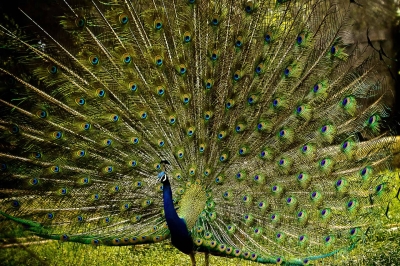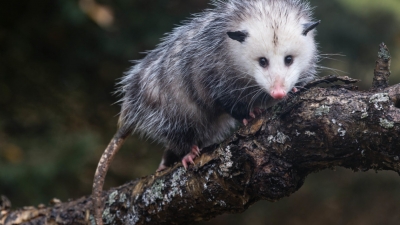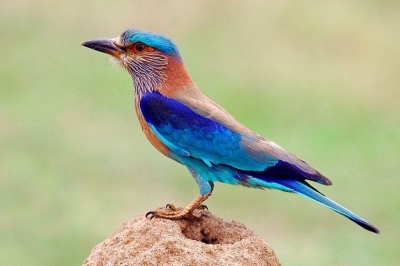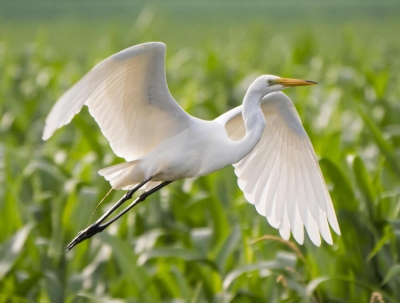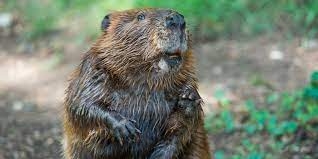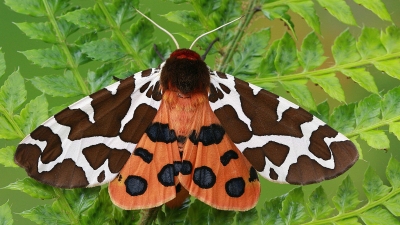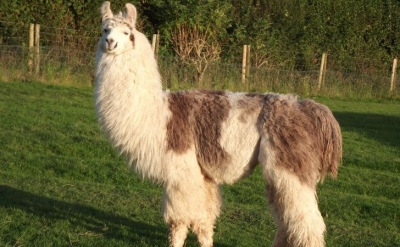What are the fun facts of spectacled bear?
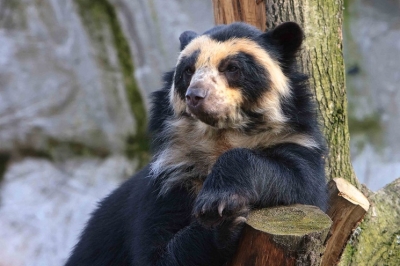
Spectacled bear is the only species of bear that lives in South America. It inhabits the dense Andean jungles. Its body is covered in brown, black or reddish fur. Patches of creamy fur can be seen on the chest, throat and around the eyes. The whitish markings around the eyes look like spectacles and that’s how it got its name. However, some individuals lack the patches.
It spends most of its time on the trees, descending only to search for food. It is a solitary animal. Mature spectacled bears are normally seen together only during mating season.
It feeds mainly on shoots and fruit, but occasionally supplements its diet with meat. It does not hibernate.
Their habitat is being destroyed by a number of things such as farming, lumber and mining operations. They also sometimes are hunted by farmers because as their habitat shrinks they may stray onto farmland and eat the crops that have replaced their natural diet. Also some farmers think that the bears will eat their livestock although they do not eat large quantities of meat. They are hunted for their gall bladders which can fetch a high price in the international market as they are valued in traditional Chinese medicine.
Picture Credit : Google
